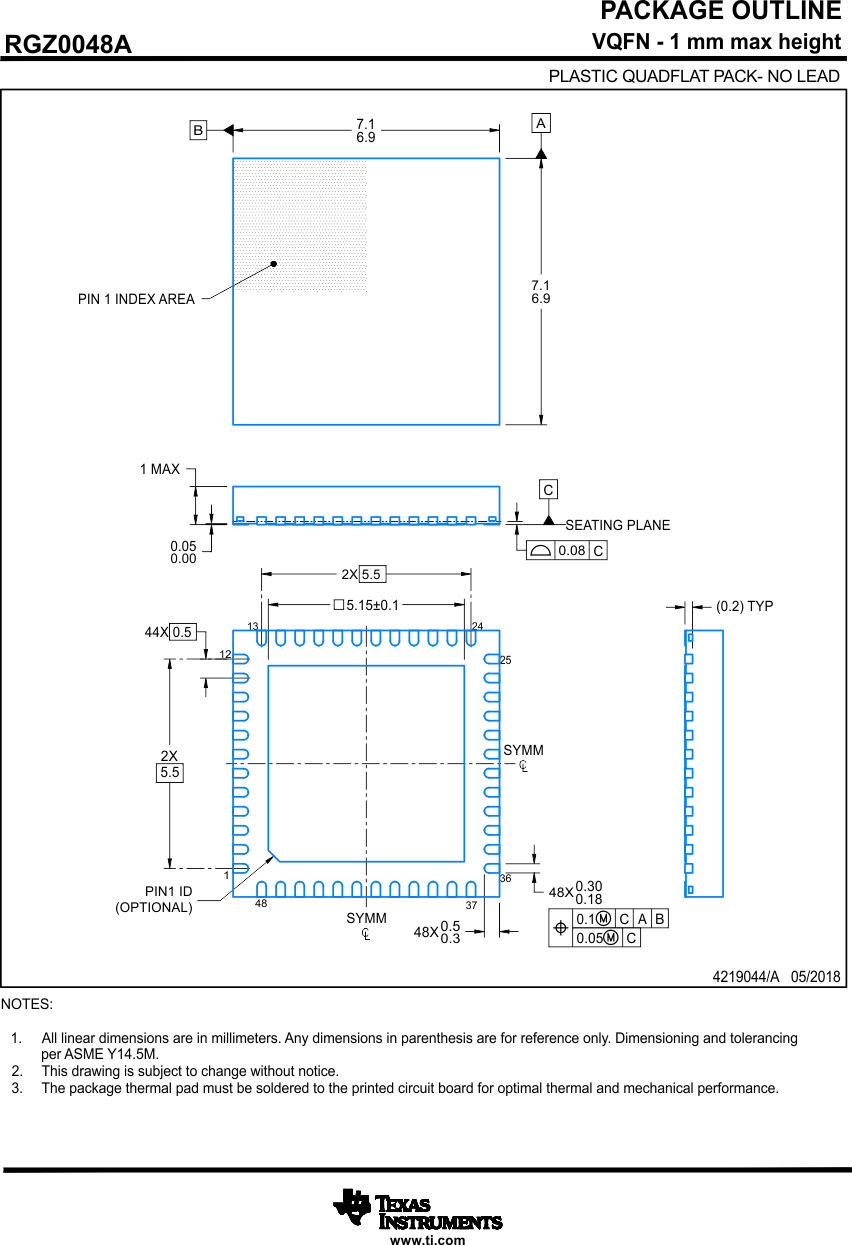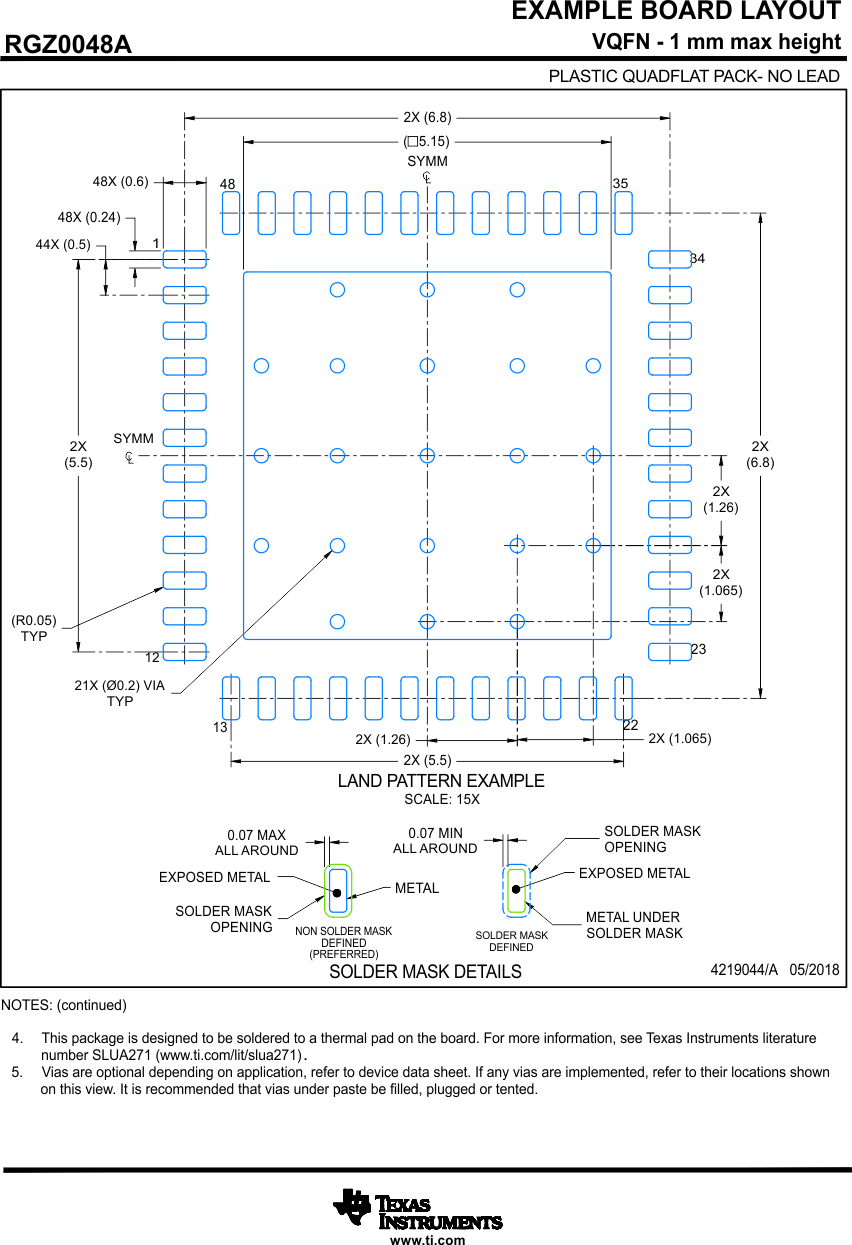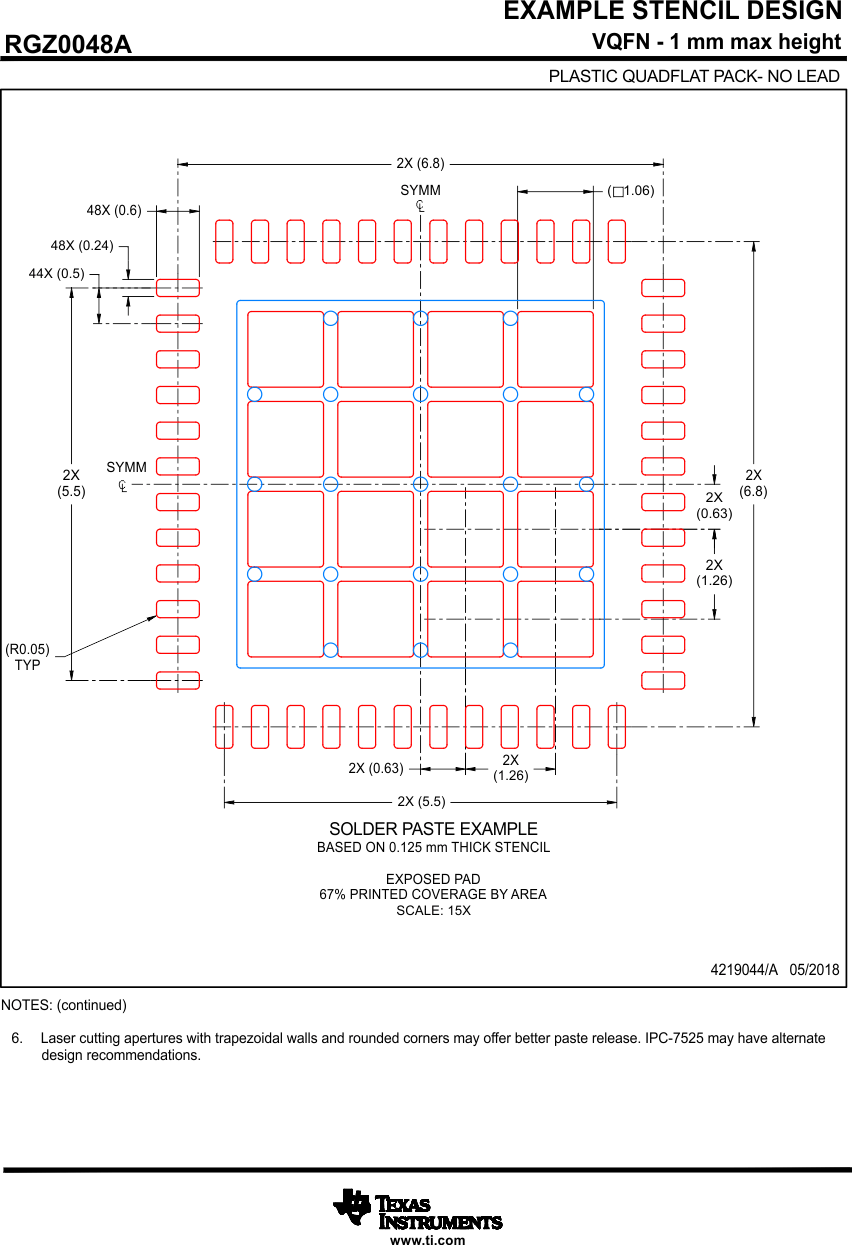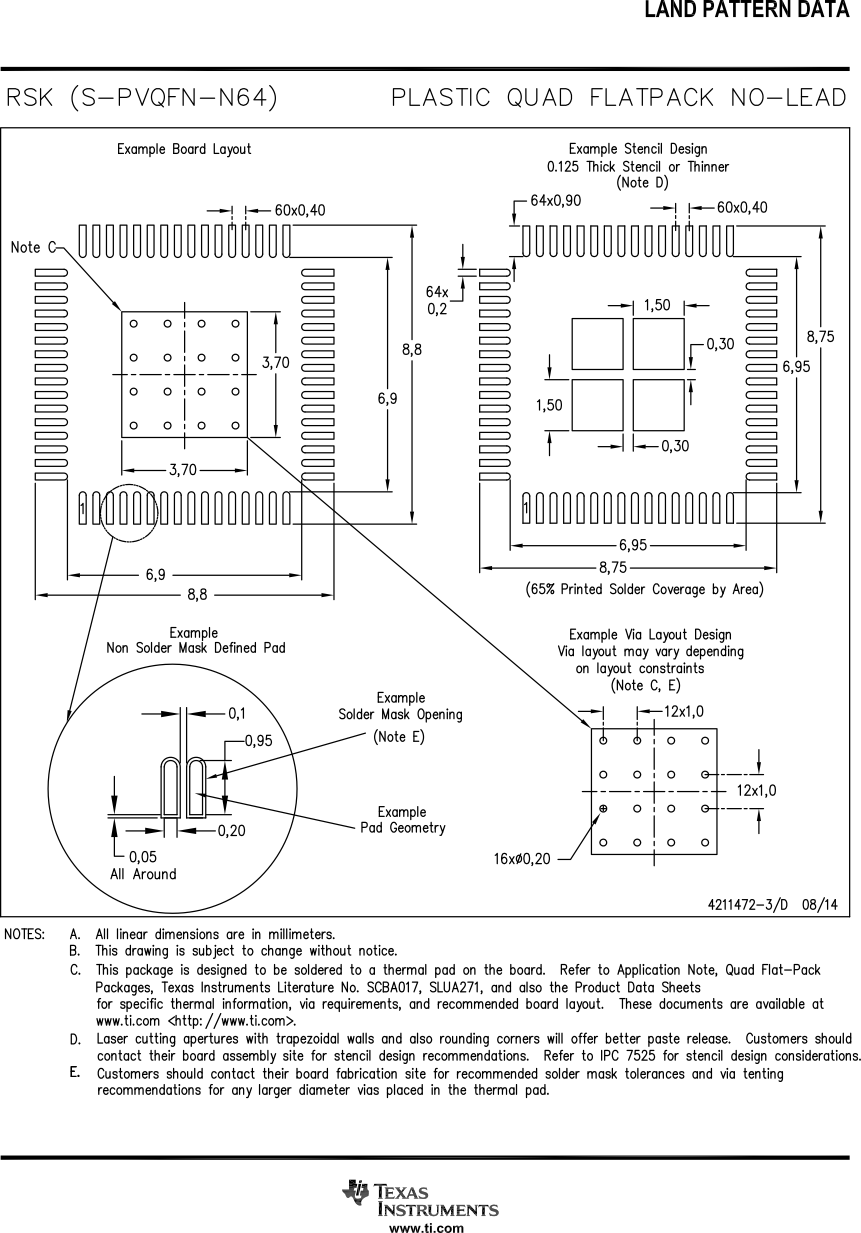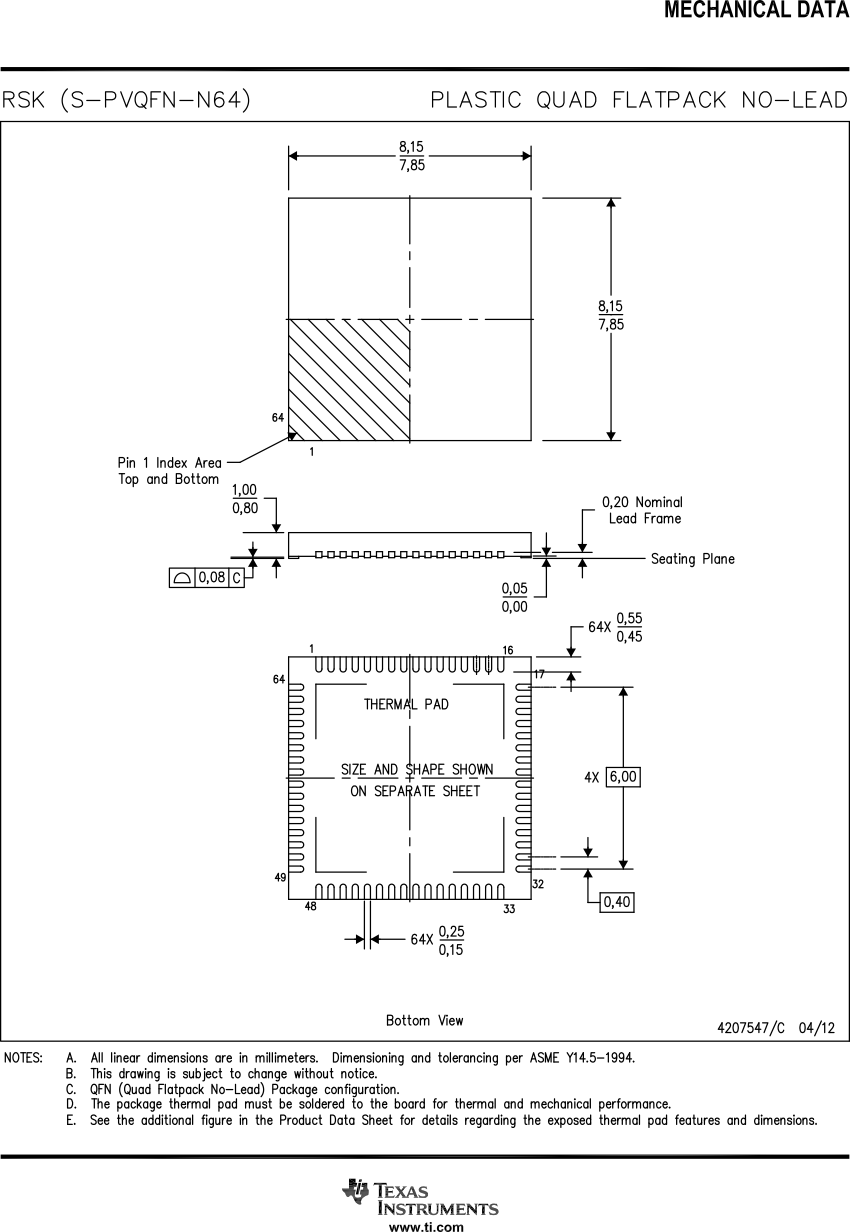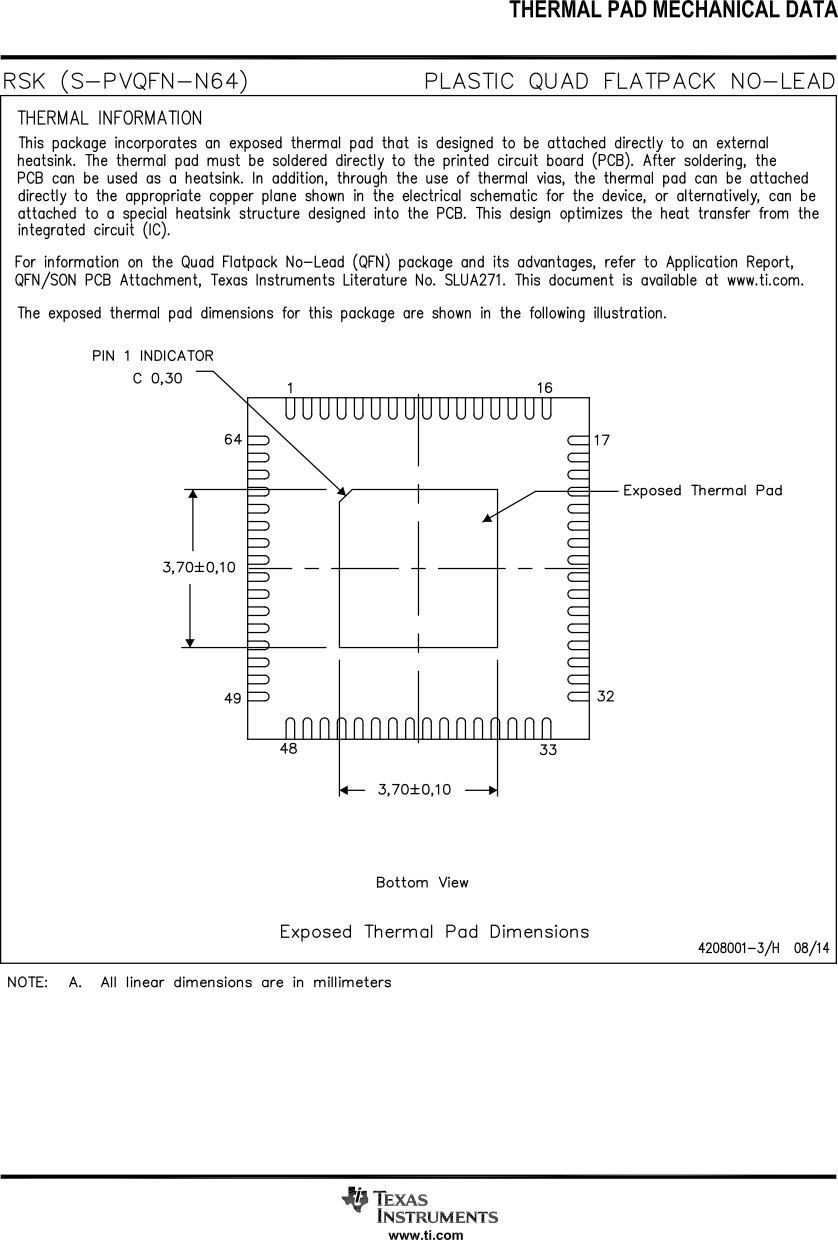JAJSQQ5A december 2022 – june 2023 CC1354R10
ADVANCE INFORMATION
- 1
- 1 特長
- 2 アプリケーション
- 3 概要
- 4 Functional Block Diagram
- 5 Revision History
- 6 Device Comparison
- 7 Terminal Configuration and Functions
-
8 Specifications
- 8.1 Absolute Maximum Ratings
- 8.2 ESD Ratings
- 8.3 Recommended Operating Conditions
- 8.4 Power Supply and Modules
- 8.5 Power Consumption - Power Modes
- 8.6 Power Consumption - Radio Modes
- 8.7 Nonvolatile (Flash) Memory Characteristics
- 8.8 Thermal Resistance Characteristics
- 8.9 RF Frequency Bands
- 8.10 861 MHz to 1054 MHz - Receive (RX)
- 8.11 861 MHz to 1054 MHz - Transmit (TX)
- 8.12 861 MHz to 1054 MHz - PLL Phase Noise Wideband Mode
- 8.13 861 MHz to 1054 MHz - PLL Phase Noise Narrowband Mode
- 8.14 Bluetooth Low Energy - Receive (RX)
- 8.15 Bluetooth Low Energy - Transmit (TX)
- 8.16 Zigbee and Thread - IEEE 802.15.4-2006 2.4 GHz (OQPSK DSSS1:8, 250 kbps) - RX
- 8.17 Zigbee and Thread - IEEE 802.15.4-2006 2.4 GHz (OQPSK DSSS1:8, 250 kbps) - TX
- 8.18 Timing and Switching Characteristics
- 8.19 Peripheral Characteristics
- 8.20 Typical Characteristics
- 9 Detailed Description
- 10Application, Implementation, and Layout
- 11Device and Documentation Support
- 12Mechanical, Packaging, and Orderable Information
パッケージ・オプション
メカニカル・データ(パッケージ|ピン)
サーマルパッド・メカニカル・データ
発注情報
12.1 Packaging Information
The following pages include mechanical packaging and orderable information. This information is the most current data available for the designated devices. This data is subject to change without notice and revision of this document. For browser-based versions of this data sheet, refer to the left-hand navigation.
The RSK (S-PQVFN-N64) package drawings in this datasheet are preliminary and will change for the production release of this IC. The change will be related to the exposed thermal pad size of the IC. The current sample has a 3.7 mm x 3.7 mm thermal ground pad. Production devices will have a 4.7 mm x 4.7mm thermal ground pad. It is recommended to design the thermal ground pad to be 4.7 mm x 4.7 mm, with a stencil opening of 3.7 mm x 3.7mm for pre-production devices. For production devices, only the stencil will need to change to 4.7 mm x 4.7 mm. No change to the PCB will be required.
